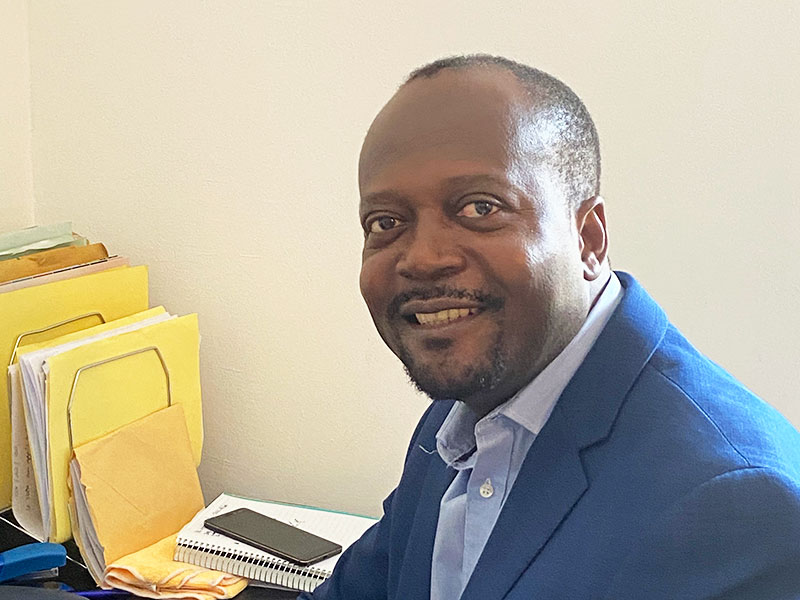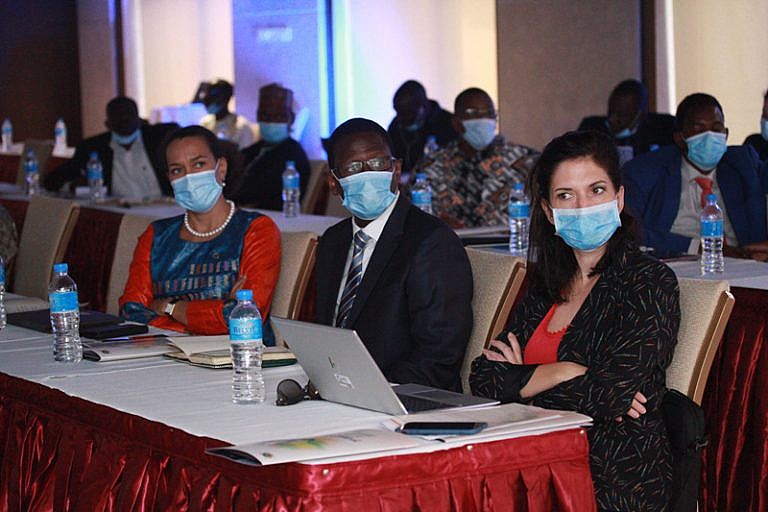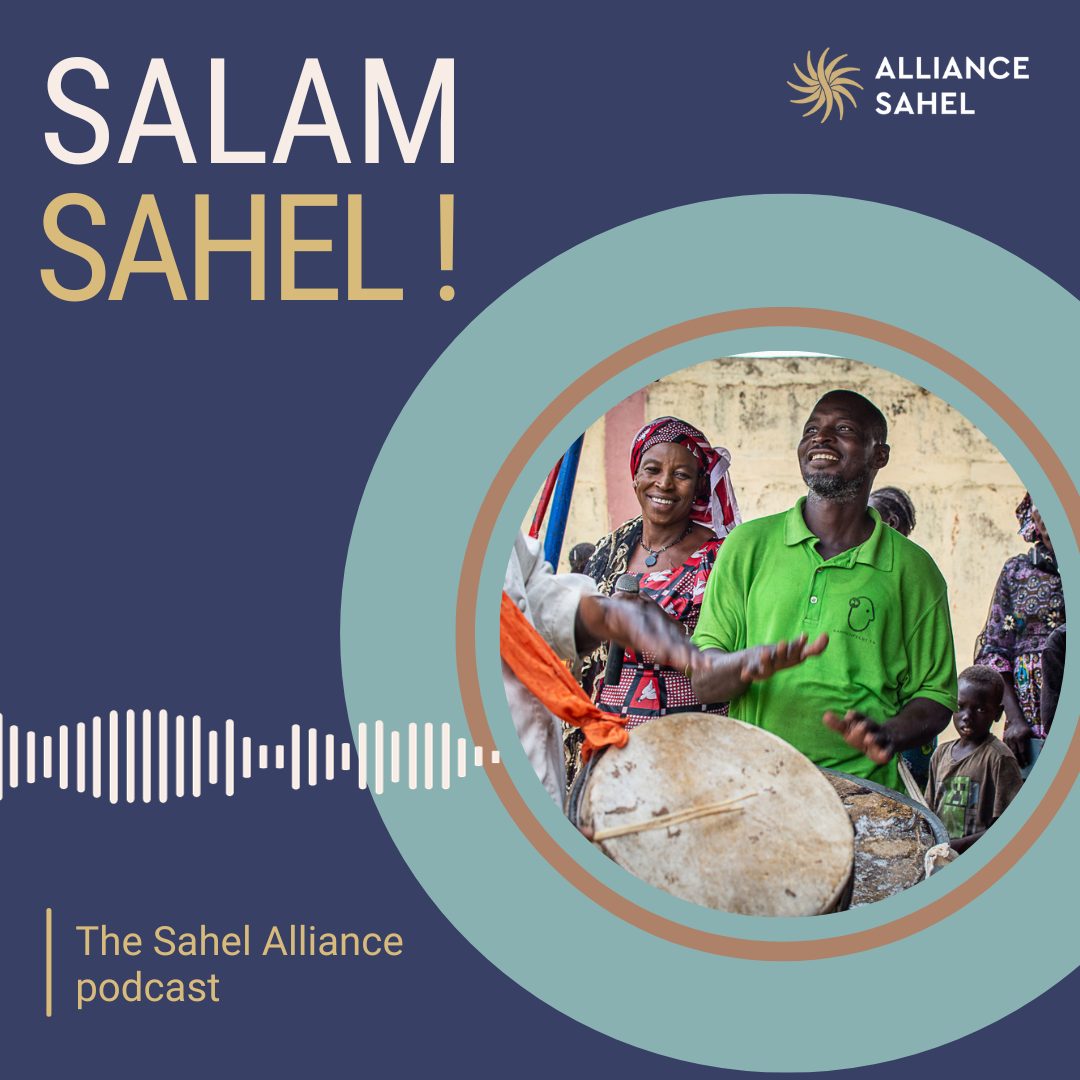The members of the Sahel Alliance are more committed than ever to supporting Niger in accelerating access to electricity
At the close of the round table on accelerating access to electricity in Niger, Affouda Léon Biaou, Senior Energy Specialist for the World Bank and coordinator of the “Energy” working group for the Sahel Alliance in Niger, takes stock of the commitments of the members of the Sahel Alliance and returns to the main challenges of the country in terms of access to electricity.

During the round table, the participants exchanged on Niger’s operational challenges in the implementation of its national strategy for access to electricity. What are the main challenges that were identified?
In terms of access to electricity, the needs for investment are enormous and I see no other choice than to invest massively. When you have, as seen in recent years for example, a gain in access to electricity of 1.1 points per year and at the same time a population growth rate of 3.9%, you realise that in order to catch up, you have to accelerate the pace of access to surpass the population growth rate.
The other aspect relates to operational challenges. Today, a lot of investment is flowing into the sector, but the organisation in place to implement projects has remained traditional. Achieving the objective of the first phase of Niger’s national strategy and doubling access by 2025 requires electrifying a minimum of 300 to 400 localities per year and reaching a cruising speed of 700 localities per year. The current implementation apparatus is not adapted enough for this, for example to find sufficient experts in both number and quality to speed up project implementation.
There is therefore a whole range of things to be sorted out in order to achieve this qualitative leap. If the government of Niger decides to set up the right organisation, I think that would be a very good signal to the donors who have already committed themselves to supporting the implementation of the strategy. But I do not doubt the government’s willingness.
Unlike other neighbouring countries, Niger has managed to achieve financial equilibrium in terms of the cost of electricity. What is the country’s pricing strategy?
In West Africa, the majority of companies have a cost of service that is higher than the tariff charged. As a result, there are subsidies, direct or indirect government aid, often insufficient to ensure the provision of electricity services to the population, which leads to accumulated debt and a deterioration in the quality of services due to a lack of investment in the systems.
In its tariff review, Niger has looked at all charges to see what tariff level is sufficient to cover costs without state subsidies. A social bracket was established for those who consume less electricity. These are therefore subsidised by those in the higher brackets. And today it is a success because it has facilitated the adoption of the tariff in Niger in 2017 when the pricing structure was designed. So, it protects the poorest and makes the richest pay. But now, the shortcoming is that the richest are really carrying the financial burden of the Niger Electricity Corporation (NIGELEC). Over time, this can be difficult to sustain, because the margins for increases in the wealthiest tranches are limited.
It also raises the question of financing access, especially for people in rural areas. From a purely commercial point of view, it is not profitable for an electricity company to carry out rural electrification because of the low purchasing power and low consumption of these populations, among others. But it is a necessary service for the well-being of the population and for economic development. The question arises as to who, between the state and NIGELEC, for example, should provide this funding, when electricity is a social good which is the responsibility of the government. This issue calls for dialogue and constant discussion with all the stakeholders in order to achieve a balance between access and maintaining the financial stability of the sector. NIGELEC’s financial equilibrium is important to attract private investment in the sector.

What is the overall amount committed by the donors sitting around the table?
The government asked for a budget of 1.1 billion dollars for the “access” part of the first phase of the strategy, from 2019 to 2025. Around the table, all the donors who spoke showed a strong commitment to supporting the government’s efforts. Some made announcements totalling $640 million. The others also made pledges but were in a programming phase, so it was a little too early for them to provide figures. But the one thing is clear: access to energy in the Sahel is a priority for everyone, both the government and the technical and financial partners, to tackle the issue of fragility by bringing development. We are quite confident that the entire amount, or even more, will be mobilised to reach the figure requested by the government in order to double access to electricity by 2025.
What conclusions do you draw from this first round table?
The round table was a success thanks to the excellent collaboration between all the donors and the government. It’s very easy when you look in the same direction. There were only a few points of disagreement. And there is a framework in place and a readiness at the national level to engage in dialogue and find solutions.
In conclusion, the donors reaffirmed their commitment to support Niger on the issue of access to electricity in a way never before seen. Donors’ concerns about the capacity to implement the resources mobilised were discussed openly, without any taboos. I really liked that spirit.
—

